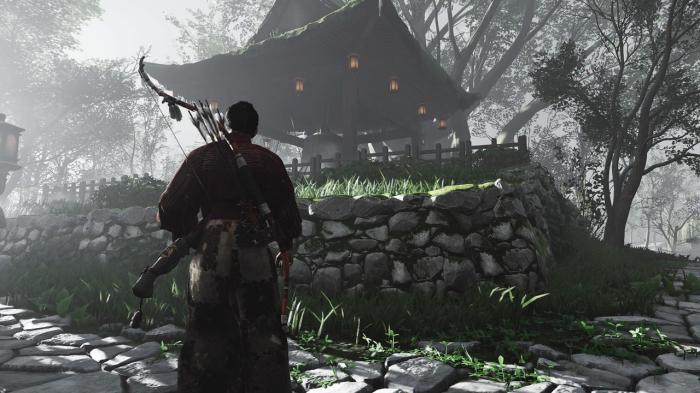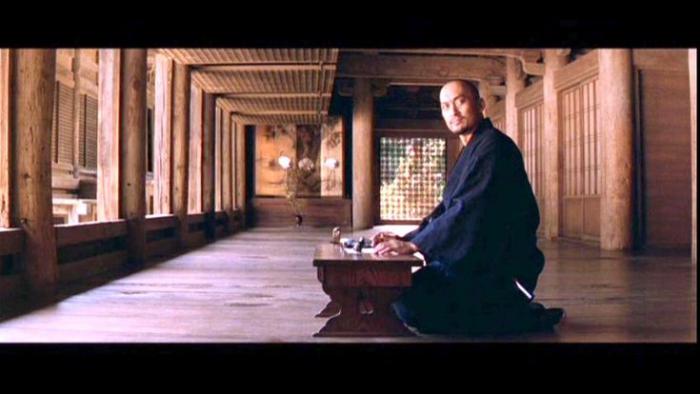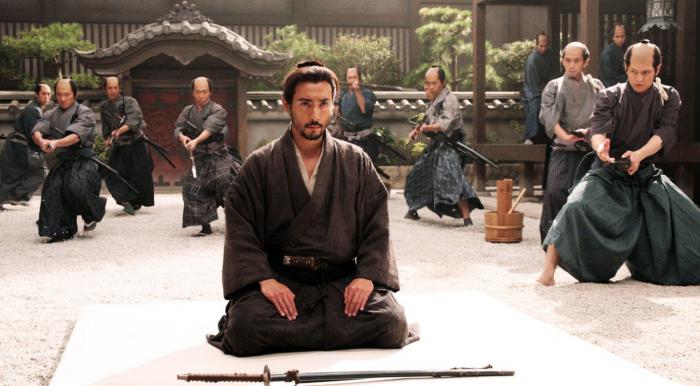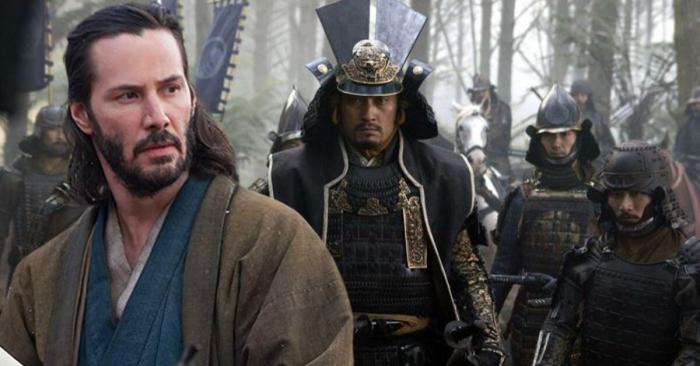We had previously told you in our columns about these 8 facts that you may not have known about the samurai. Here today, a second part, more general, on their daily life: a short summary of their life, their rights, their duties and their functions, which did not consist only in eliminating peasants and going to war.
Fascinating characters of Japanese culture, samurai are as mysterious as they are captivating. Movies, series, video games, they represent a great breeding ground in the toy box of the various authors, whether in the era of feudal Japan and the clan wars (Ghost of Tsushima), or their integration into more phantasmagorical universes (Sekiro, Onimusha, Nioh), where demons and spirits are omnipresent.
Subject to a code of honor
However, the samurai is not just an outstanding fighter in flamboyant armor who spends his time waging war and defeating his enemies. He is subject to a very precise code of honor and does not have all the rights within society.

If the samurai were rather small peasants or artisans in the Heian era, they will become the warrior elite with the appearance of the shogunate. The samurai as we know him appeared at the time of‘Edo (1603-1868), a feudal period that can be compared to our current Middle Ages in the West, where the great lords, the daimyo, reign. Easily recognizable with his armor and his katana, the samurai respects a strict code of honor, Bushido or “the way of the warrior”. This code composes a set of moral rules that Japanese warriors had to follow. It is based on several core values (57 in total) such as honor, courage or loyalty, which governed their life until their death.
Religion and training
Samurai dressed primarily in kimono, and only wore their armor on rare occasions. They were also very close to religions such as Confucianism, Buddhism, Shintoism, or the art of “Zen”, which allowed them to channel their emotions, to act according to a certain spiritual awakening and to maintain the precision of the gesture when wielding weapons. It was aboutrigorous training.

The Legal Office of the Samurai
Thus, during the Edo era, they maintained a certain authority, the combat function of the warriors decreases and these become civil servants, in the service of the law. So that several categories of Samurai are created according to their social status. For example, magistrates and police mainly dealt with law and order among farmers, merchants, artisans: named the lower classes“.
Let’s also talk about the yoriki (deputy magistrates), who wielded clubs rather than swords. High-level magistrates functioned more like judges and jurors than police. They operated within the limits of a single city, where they tried cases in court, resolved disputes, and determined sentences.
License to kill, but under certain conditions
With a certain authority, and strong in their social status, they had the right to freely kill anyone of lower class, if they disrespected them. Thus, a samurai could slay a peasant, if the latter violated his honor (note that the execution must be done with a sword). This act is called the kiri sute gomen (we told you about it earlier). Besides this affront, there was 3 great unforgivable murders: robbery, murder and rape, which gave rise to the death penalty. This is because crime challenges the social order and incurs a debt to society. Larger debts could not be “repaid”, so they carried the death penalty.

But beware. The penal sanctions were very strict. Thereby, if the killing was deemed unjust, the samurai’s entire family lost all property and possessions, and the samurai himself had to commit suicide. This is the famous Hara-kiriWhere seppuku. A way of washing his honor which was carried out in a temple, where the samurai opened his abdomen using a wakizashi (short sword) or a dagger.
Decline
The restoration of the Meiji era from 1867 brought with it a whole series of measures. The samurai are also affected by the reforms. They are private the right of exclusive use of surnames, to carry the sword, and to kill the commoners under the pretext of disrespect. Some of them revolted following this change of status, but they were crushed by the imperial army in 1874. Their decline is accelerating, and many are going into business.
Samurai: 8 Facts You Didn’t Know About These Japanese Warriors (Part 2)

